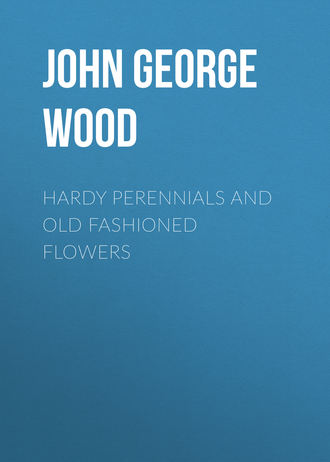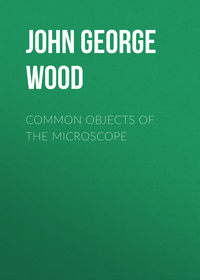Hardy Perennials and Old Fashioned Flowers
 полная версия
полная версияHardy Perennials and Old Fashioned Flowers
Жанр: учебная и научная литературазарубежная старинная литературазарубежная образовательная литературасельское и лесное хозяйстворастениеводствосельское хозяйствознания и навыки
Язык: Английский
Год издания: 2018
Добавлена:
Настройки чтения
Размер шрифта
Высота строк
Поля






